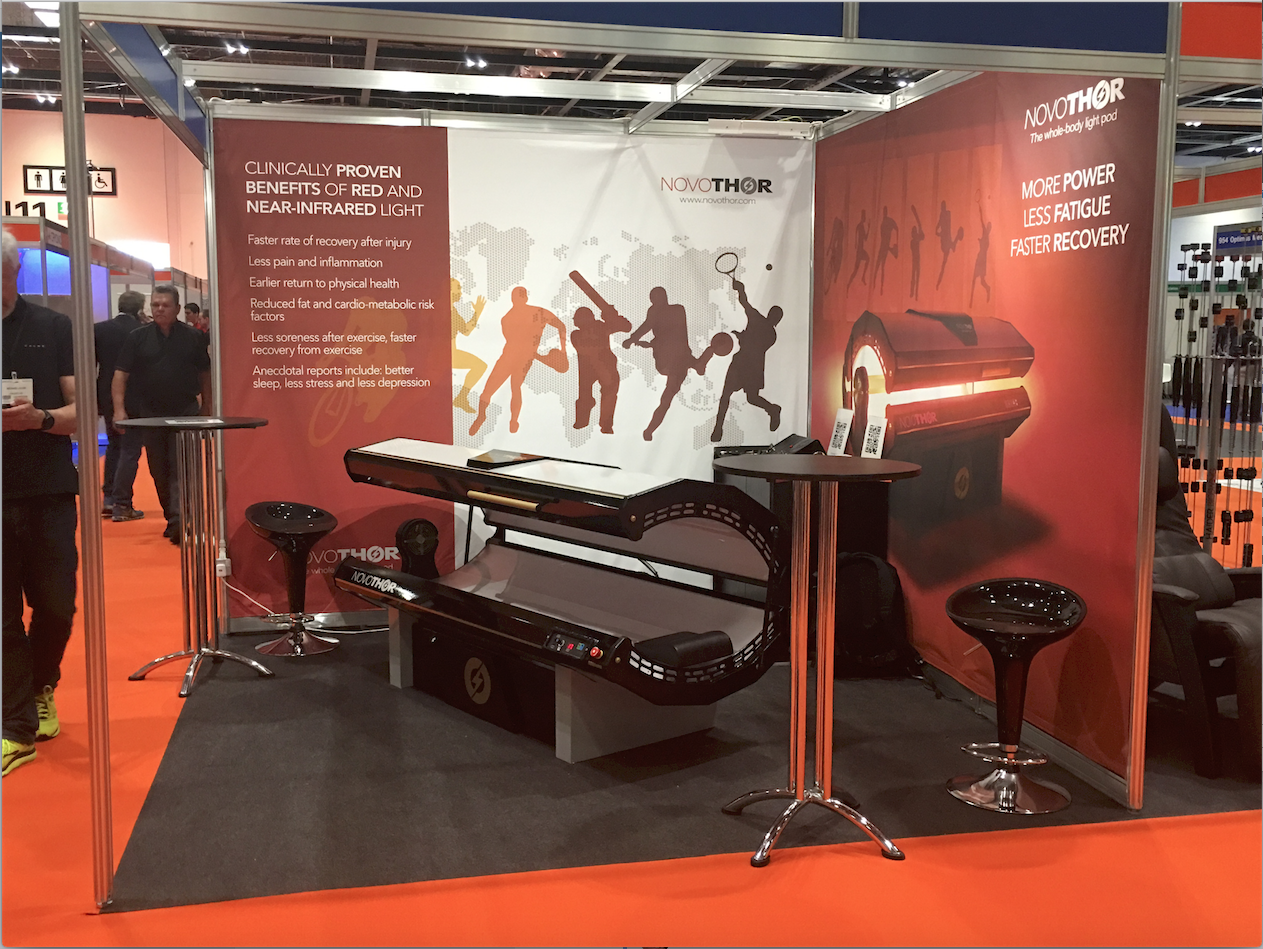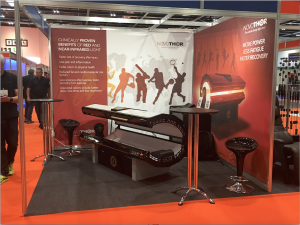NovoTHOR, a ‘Star Trek-like’ Light Therapy for Mitochondria, Wins Invention Award

Looking no more eye-catching than a tanning bed, THOR Photomedicine’s Whole Body Light Pod NovoTHOR, capable of improving mitochondrial function, was named the Invention of the Year at the recent Elite Sports Rehabilitation Expo 2016.
While the device is new, the method — using low-intensity laser to improve tissue healing — has been used by sports professionals for years, and the capacity of laser light to reduce pain and inflammation has been known for almost as long as the invention of laser itself.
Photobiomodulation, or low-level laser therapy, has been tried in numerous clinical trials, and these investigations demonstrated that laser affects proteins in the mitochondria that are sensitive to light. The interaction triggers mitochondria to produce more ATP, the energy currency our bodies make use of.
Laser therapy also reduces reactive oxygen species and changes the presence of transcription factors, molecules that activate genes by binding to DNA. In addition to improving the energy output from mitochondria to power cell function, ATP is also used as a signaling molecule in communications between nerve cells and other tissues.
 Earlier devices, used both by athletes and health professionals, were small hand-held types of equipment to treat one small area at a time. NovoTHOR, developed in collaboration with Harvard Medical School, military forces in the U.K. and the U.S., and English Premier League soccer teams, shines its light on the entire body at once.
Earlier devices, used both by athletes and health professionals, were small hand-held types of equipment to treat one small area at a time. NovoTHOR, developed in collaboration with Harvard Medical School, military forces in the U.K. and the U.S., and English Premier League soccer teams, shines its light on the entire body at once.
According to a news release, THOR founder and CEO James Carroll likened the device to “something from Star Trek” in a presentation at the United Nations.
“When somebody gets injured, they are taken to sick bay. The doctor gets out a laser beam, he aims it at the injury, and the patient is healed instantly,” Carroll said. “Well, we make those. It is not as instant as on TV, but you get the idea, you shine light on an injury and it heals more quickly.”
Eight to 15 minutes of use is enough for “whole-body” restorative light treatment, the company said on its website.
Since the technology affects one of the most basic cellular mechanisms in mitochondria, its applications within medicine are multiple, with sports injuries constituting only a fraction. Research has shown that low-level laser therapy can contribute to the treatment of afflictions as varying as cancer, traumatic brain injury, and hearing loss. Future studies should assess other medical conditions in which the technology could offer clinical benefits.






